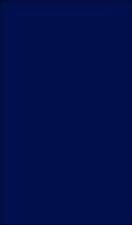Hebraisms in the Original Renewed Covenant
Autor Rabbi Julio Damen Limba Engleză Paperback – 19 noi 2015
Preț: 134.56 lei
Nou
Puncte Express: 202
Preț estimativ în valută:
25.75€ • 26.60$ • 21.43£
25.75€ • 26.60$ • 21.43£
Carte disponibilă
Livrare economică 04-18 martie
Preluare comenzi: 021 569.72.76
Specificații
ISBN-13: 9781941173121
ISBN-10: 1941173128
Pagini: 196
Dimensiuni: 189 x 246 x 11 mm
Greutate: 0.36 kg
Editura: Olive Press Publisher
ISBN-10: 1941173128
Pagini: 196
Dimensiuni: 189 x 246 x 11 mm
Greutate: 0.36 kg
Editura: Olive Press Publisher

























